15 Pieces of Naval Memorabilia That Fascinate Collectors
Naval history has long held a special place for those who enjoy collecting unique treasures. From uniforms to relics once used at sea, each piece carries a story of bravery and tradition. Many collectors see these items as more than objects, treating them as direct links to the past. They can spark conversations, inspire curiosity, and bring history into the present.
This post may contain affiliate links, which helps keep this content free. Please read our disclosure for more info.
U.S. Navy Liberty Cuffs
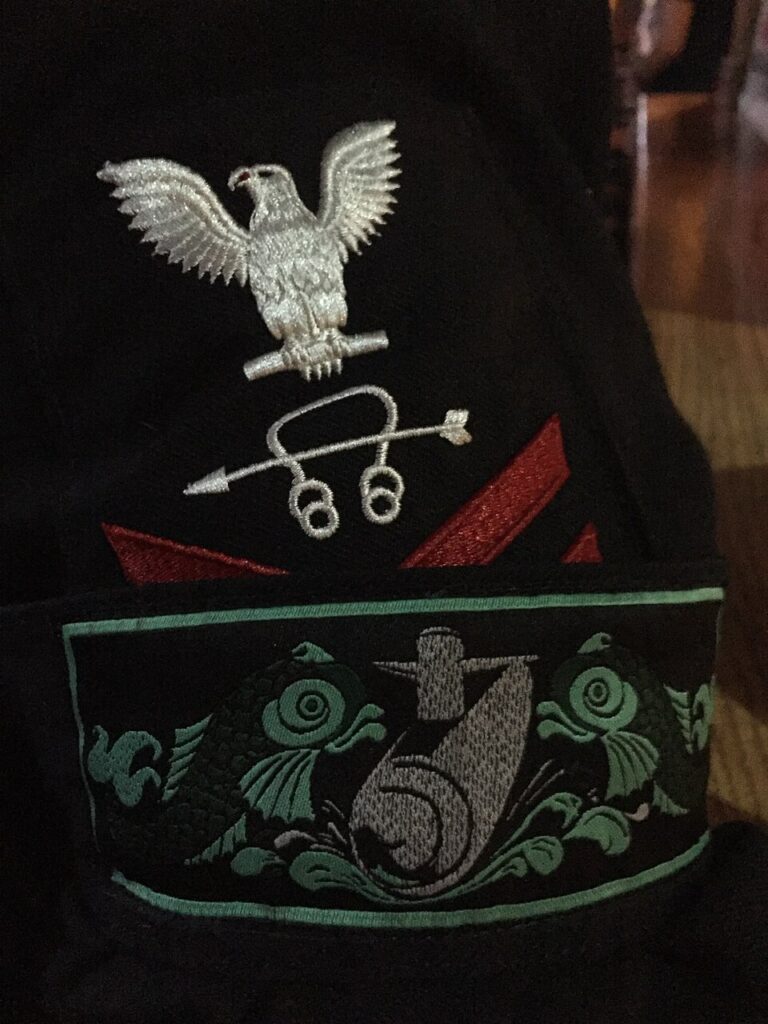
Liberty cuffs first appeared in the early 1900s and became especially popular during the interwar years. These embroidered patches were sewn inside the cuffs of a sailor’s uniform, showing playful or patriotic designs when off duty. Collectors enjoy them because they highlight the creativity and humor of sailors during long deployments. Rare designs, such as dragons, mermaids, or ship insignia, are particularly desirable. Depending on rarity and preservation, liberty cuffs range from $100 to $500 in today’s market.
What makes these items special is their combination of uniform formality and hidden personality. Sailors were often restricted in how they could personalize their clothing, making liberty cuffs a rare form of self-expression. Many examples were hand-stitched or produced in limited numbers, adding to their collectible nature. They remain small but meaningful artifacts of naval tradition and daily life. This personal touch is what keeps collectors searching for them at auctions and fairs.
Ship’s Brass Porthole
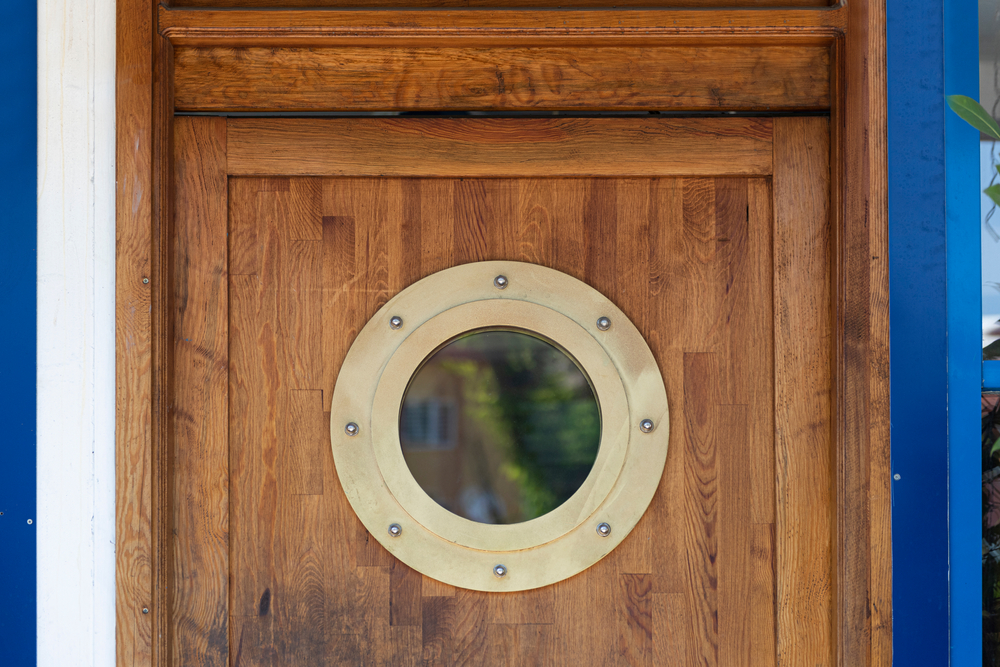
Dating back to the late 1800s and early 1900s, brass portholes were an essential part of naval ships. They were built to withstand storms while still allowing light into cramped quarters below deck. Collectors value these heavy and functional items because they bring an authentic piece of ship construction into private collections. Original naval ship portholes often weigh dozens of pounds, making them impressive display pieces. Prices usually range from $300 to $1,200 depending on size and provenance.
Beyond their functionality, portholes carry a symbolic connection to life at sea. Many were salvaged from decommissioned ships and polished to reveal their rich brass finish. Some collectors even repurpose them into decorative tables or mirrors, adding another layer of appeal. The more original the condition, the more desirable they are to naval history enthusiasts. Owning a ship’s porthole feels like holding a piece of the vessel itself.
Navy Bluejackets’ Manual
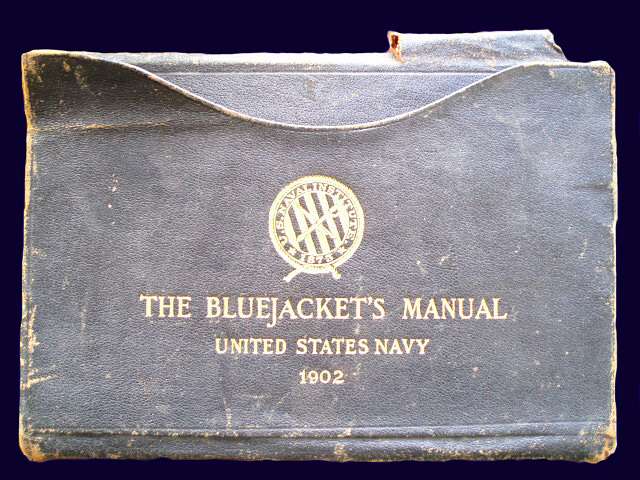
First published in 1902, the Navy Bluejackets’ Manual served as the handbook for sailors entering service. It covered everything from daily duties to seamanship skills, making it an indispensable tool for recruits. Collectors seek early editions because they provide a detailed view of naval training from a bygone era. Some manuals feature handwritten notes from sailors who studied them diligently. Depending on the edition and condition, these manuals can be valued between $50 and $500.
The charm of these manuals lies in their practicality and historical context. Each edition reflects the training methods, language, and culture of the time it was printed. Collectors often compare different editions to study how naval training changed over decades. Some rare wartime editions are considered especially valuable due to limited circulation. These books remain a cornerstone of naval memorabilia for both collectors and historians.
Naval Signal Flags
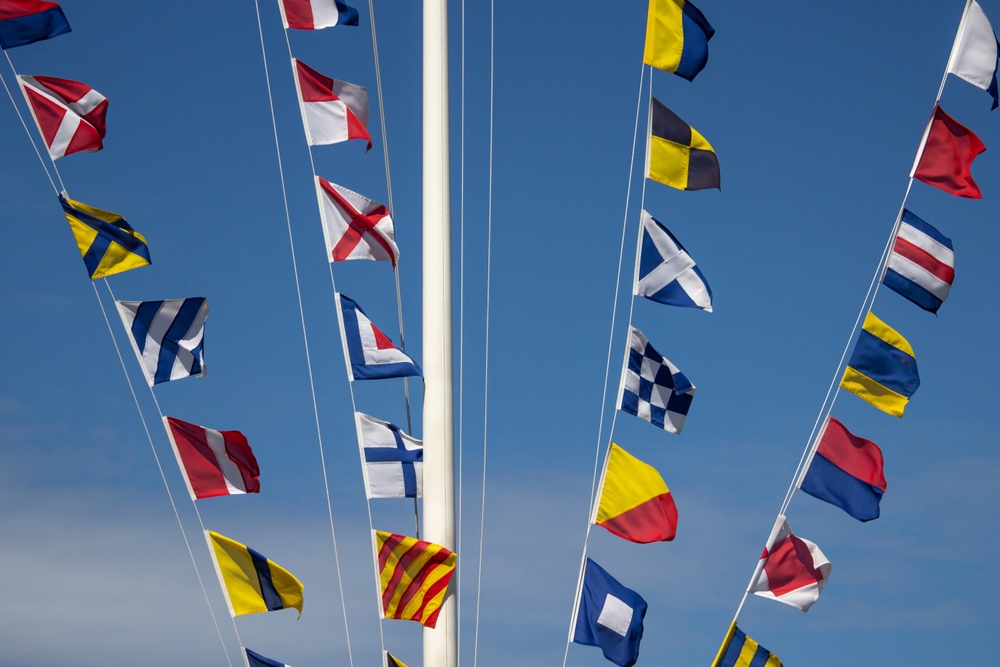
Signal flags were widely used during the 19th and 20th centuries to communicate between ships. Each flag carried a specific meaning, whether it was a letter, number, or phrase used in naval operations. Collectors value original signal flags because they represent the lifeline of naval communication. Flags that can be traced to famous ships or battles are especially prized. A complete set or rare single flag can fetch between $200 and $1,500.
The colorful designs and durable fabric make these flags visually striking additions to any collection. Many were handmade and bear marks of use such as salt stains or fraying, which add to their authenticity. Collectors enjoy researching the specific meanings behind the flags, giving them both visual and historical importance. Displaying them allows a tangible look into how sailors maintained order at sea. Signal flags remain a classic collectible with strong ties to naval heritage.
Navy Mark V Diving Helmet
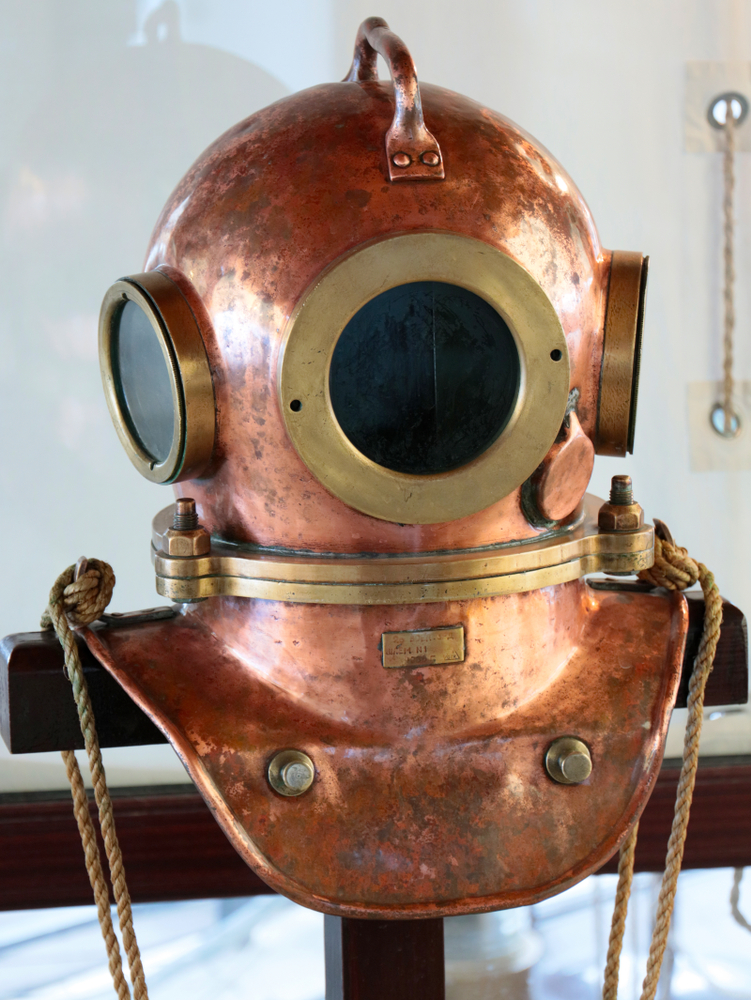
The Mark V diving helmet was introduced in 1916 and used extensively during World War II. Its heavy copper and brass construction made it durable enough for deep-sea missions. Collectors admire these helmets for their engineering and their dramatic presence as display pieces. Original helmets with serial numbers and matching parts are especially rare. Depending on completeness and provenance, authentic Mark V helmets sell for $5,000 to $15,000.
What makes them truly fascinating is the sense of adventure they carry. These helmets were once worn by Navy divers exploring the depths for salvage, repair, and rescue missions. Their weight and design reflect the challenges of underwater work before modern equipment. Many collectors see them as iconic symbols of naval innovation. Few items represent naval bravery at sea like a Mark V diving helmet.
World War I Navy Recruitment Posters
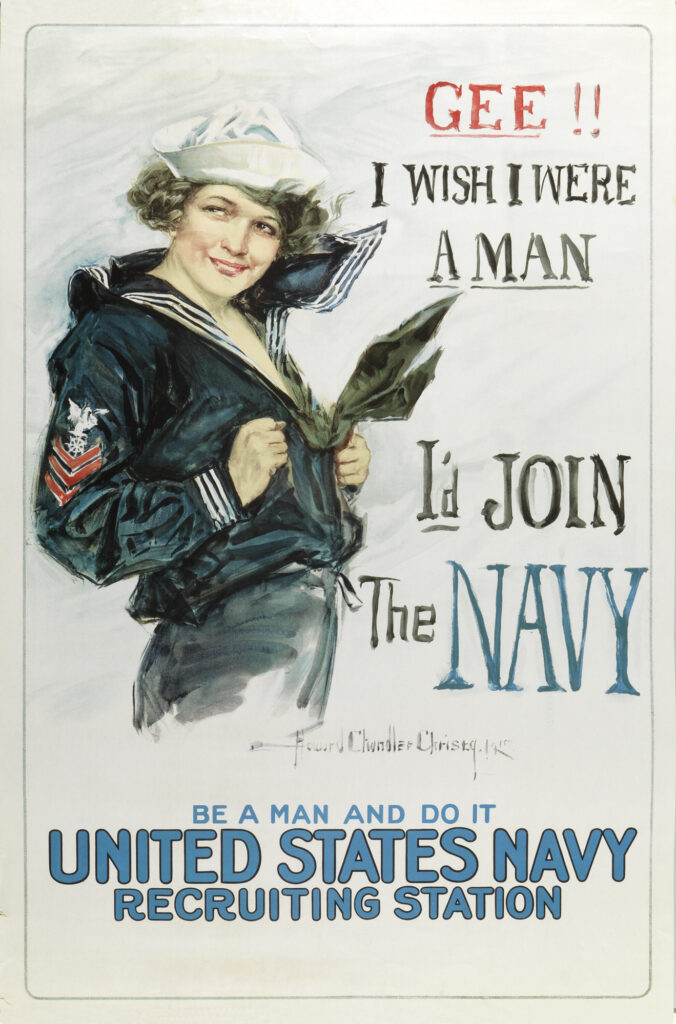
Recruitment posters from World War I were created around 1917 and 1918. They featured striking artwork encouraging young men to enlist in the Navy. Collectors admire these posters for their vivid colors and patriotic themes that captured the spirit of the era. Original examples are increasingly rare due to their fragility. Depending on size and condition, authentic posters are valued between $300 and $2,000.
Each poster offers a glimpse into how the Navy reached out to citizens during wartime. Some included slogans urging immediate enlistment, while others highlighted honor and duty. The artistry behind them makes them highly sought after as both historical and decorative pieces. Collectors often frame them to preserve their delicate paper. They serve as a reminder of how art and propaganda shaped naval history.
Ship’s Bell
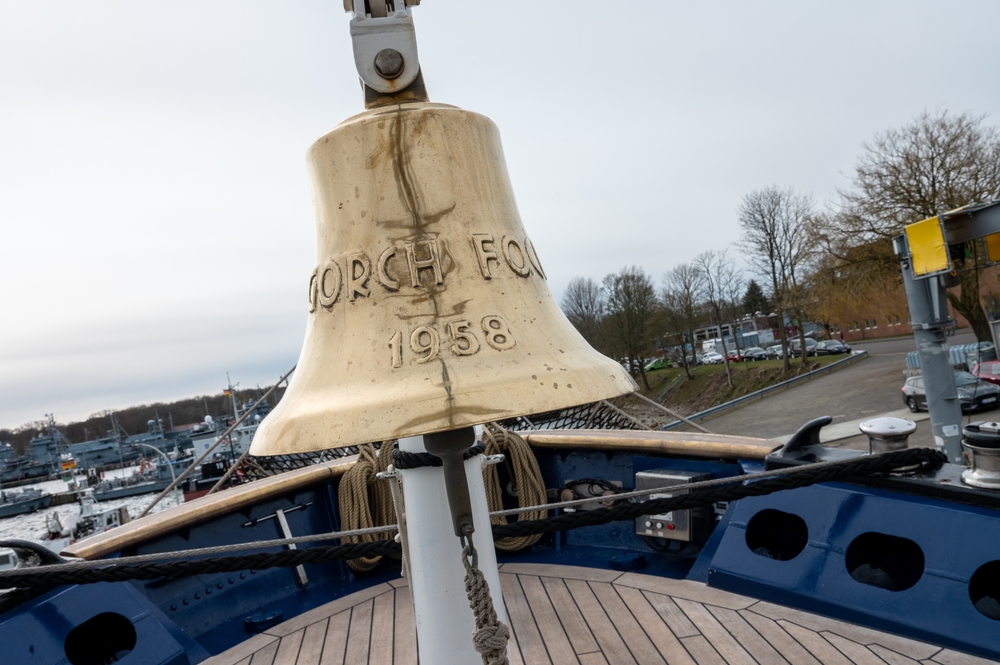
A ship’s bell has been a naval tradition since the 18th century. Bells were used to signal time, announce shifts, and sound alarms during emergencies. Collectors value these heavy bronze or brass bells because they carry inscriptions naming the ship they came from. Larger bells or those tied to well-known vessels can command higher prices. Authentic examples range in value from $1,000 to $5,000.
The sound of a ship’s bell is symbolic of life aboard a naval vessel. Many were engraved with dates or ship names, tying them directly to important missions. Collectors often preserve the patina or polish them for display. Bells with clear provenance are especially prized at auctions. They are one of the most iconic and recognizable naval artifacts.
U.S. Navy Challenge Coins
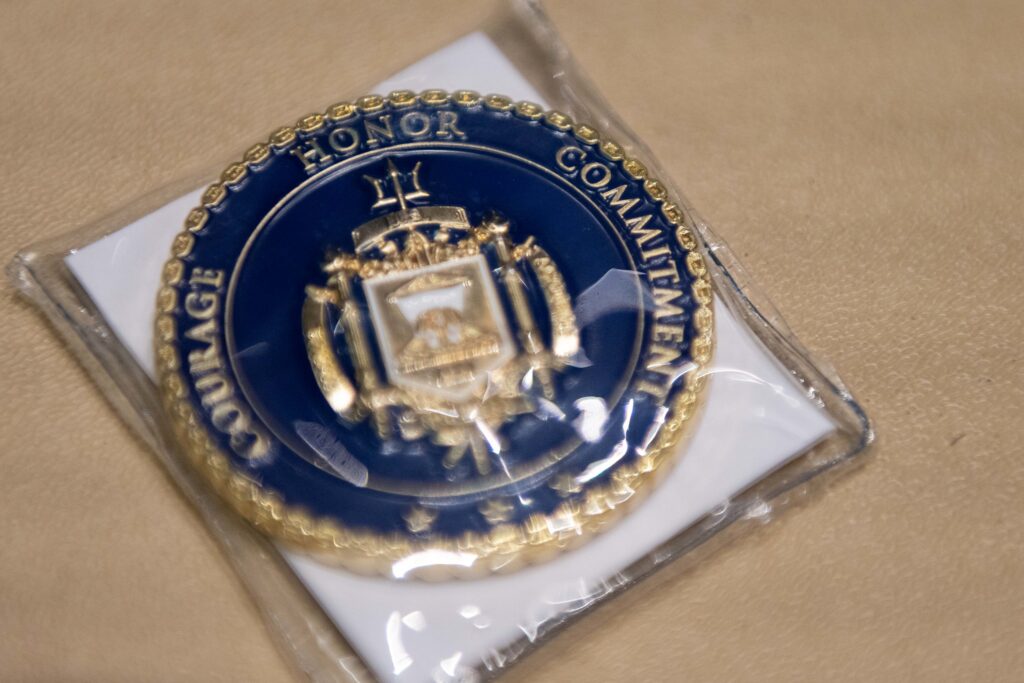
Challenge coins became popular in the mid-20th century as tokens of pride and recognition. Each coin represented a specific ship, unit, or accomplishment within the Navy. Collectors enjoy them for their detailed designs and the sense of camaraderie they represent. Some limited-edition coins are particularly valuable when linked to historic missions. Most Navy challenge coins range from $20 to $500 depending on rarity.
The appeal of challenge coins lies in their personal significance to those who earned them. Many were exchanged during ceremonies or given as rewards for outstanding service. Collectors often seek complete sets that represent different eras or ships. Rare coins with limited circulation can spark bidding wars among enthusiasts. Their small size makes them highly collectible while still carrying great meaning.
Naval Cutlass
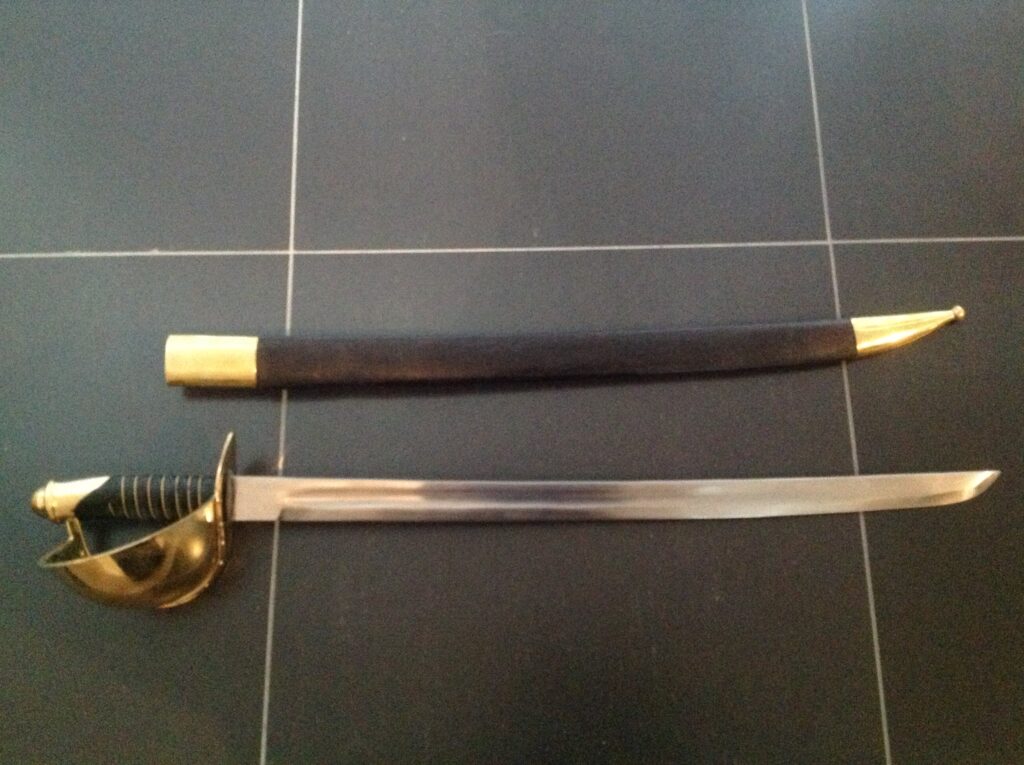
The U.S. Navy cutlass was widely used during the 19th century, particularly in the 1800s. These short swords were issued to sailors for boarding actions and close combat. Collectors admire them for their blend of functionality and historical significance. Authentic cutlasses, especially those marked with U.S. Navy engravings, are highly desirable. Market prices typically range from $800 to $3,000.
Each cutlass represents a time when naval warfare relied on direct engagement. The sturdy blades and curved design made them effective in close quarters on deck. Collectors often prize original scabbards or engravings that tie the weapon to a specific ship. Many examples were later adapted for ceremonial use, adding to their collectible charm. Owning one connects a collector directly to the era of wooden ships and sail power.
Ship’s Logbook
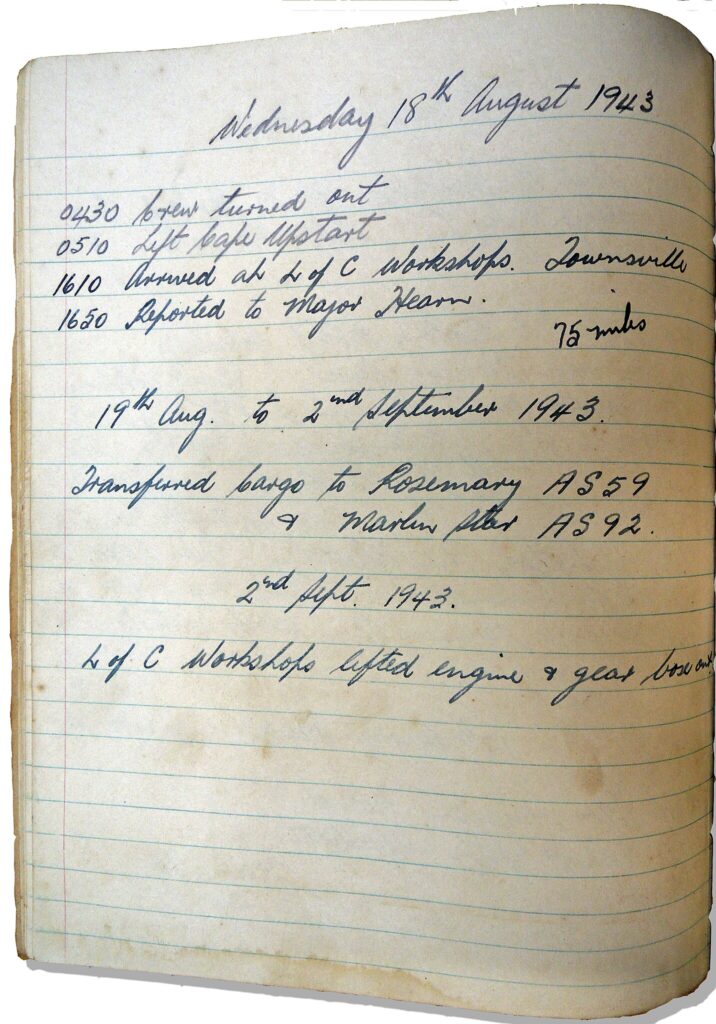
Logbooks have been an essential part of naval service since the 1700s. They recorded daily ship activities such as positions, weather, and crew events. Collectors seek them for the firsthand perspective they provide into naval life. Original logbooks linked to historic voyages or battles can be extremely valuable. Depending on rarity, they sell for $500 to $5,000.
The handwritten details make each logbook unique and irreplaceable. Many include sketches, maps, or personal notes that enrich their historical value. Collectors enjoy tracing specific journeys or uncovering unexpected details within the entries. The condition of the paper and binding greatly affects their value. A naval logbook offers both historical and personal insights in one artifact.
Navy Dress Swords
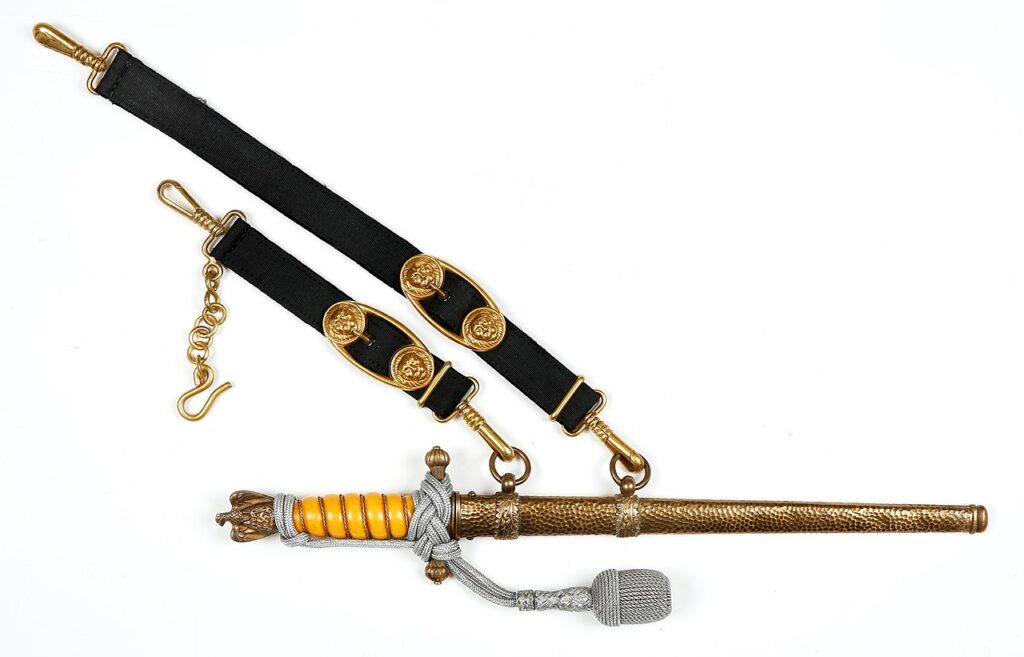
Dress swords became part of formal naval uniforms in the mid-1800s. These ornate weapons were worn during ceremonies rather than combat. Collectors value them for their craftsmanship, often featuring gilt hilts and etched blades. Original swords tied to famous officers are especially valuable. Prices range from $1,000 to $10,000 depending on origin and quality.
Their ceremonial role adds a strong symbolic meaning to collections. Some swords have detailed engravings of naval emblems and mottos. Collectors often preserve them in fitted cases or display them prominently. Rarity is increased when the sword includes original scabbards and accessories. These pieces remain both decorative and historically significant.
Battle Ensign Flags
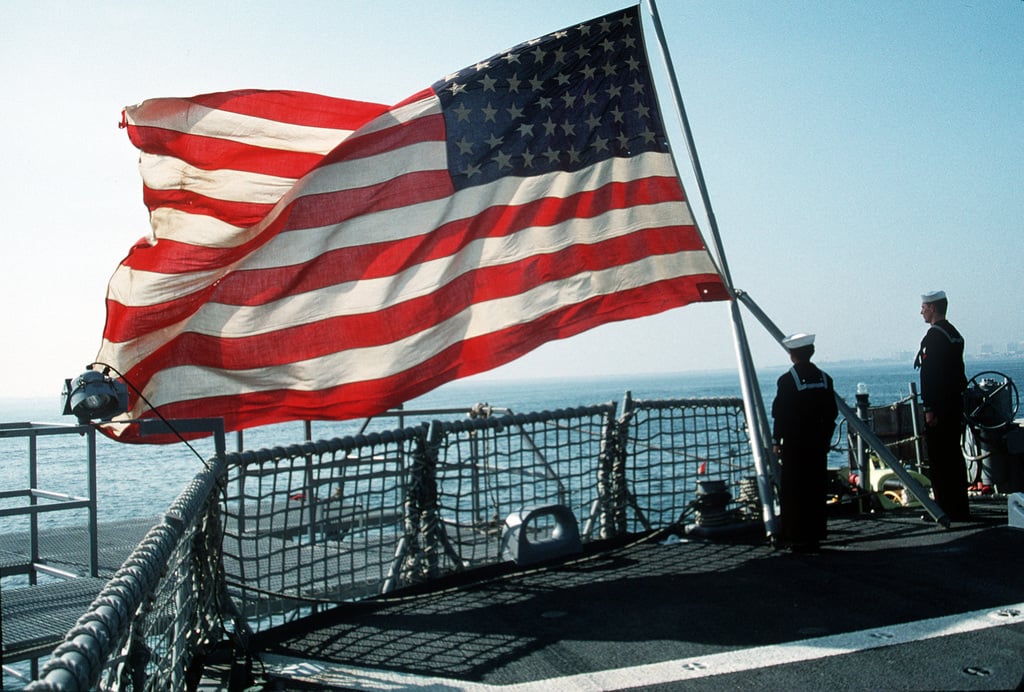
Battle ensign flags were flown during combat to identify naval vessels. They were often oversized so they could be seen through smoke and distance. Collectors admire them because they symbolize naval pride and victory. Flags that can be tied to specific battles are considered especially important. Authentic battle ensigns are valued from $2,000 to $20,000.
The size and wear of these flags make them impressive and meaningful artifacts. Many show burn marks, tears, or salt stains from actual use in battle. Collectors see these imperfections as proof of their service at sea. Documentation proving the ship of origin increases their value dramatically. Battle ensigns remain one of the most powerful pieces of naval memorabilia.
U.S. Navy Dog Tags
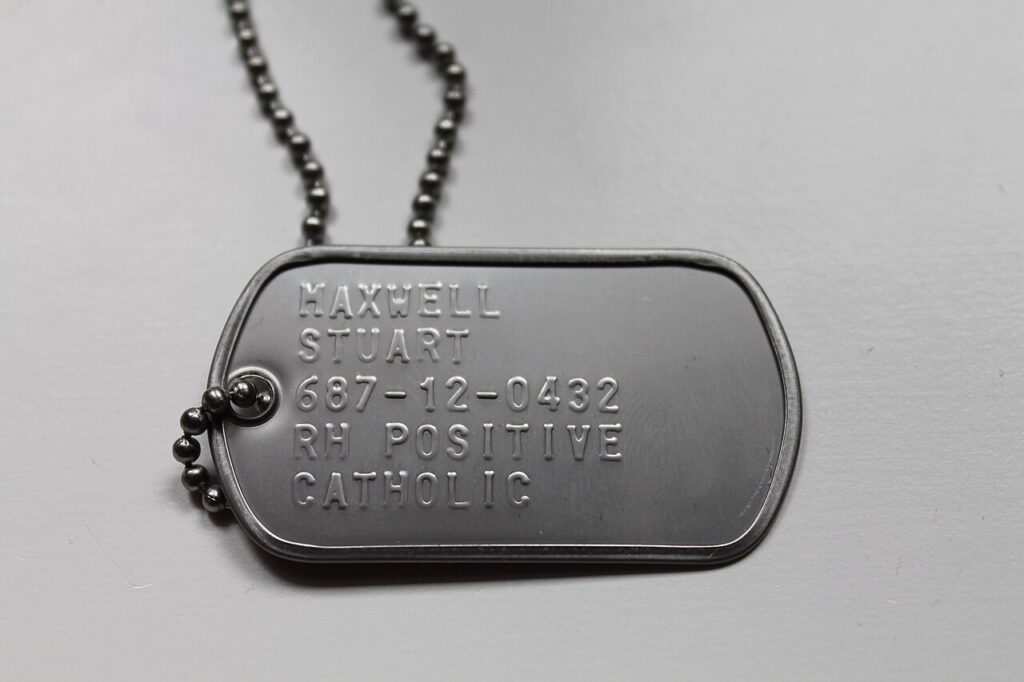
Introduced in 1913, Navy dog tags became standard during World War I. Each tag carried vital information including name, service number, and blood type. Collectors value original tags for their personal connection to individual sailors. Sets that include both original tags and accompanying documents are especially prized. Prices typically range from $50 to $500.
The human element tied to dog tags makes them emotionally powerful collectibles. Each tag once belonged to a sailor who served at sea or in battle. Collectors often research the individual to learn about their service record. This transforms a small piece of metal into a deeply meaningful artifact. Dog tags continue to be sought after for their personal and historical value.
Ship’s Wheel
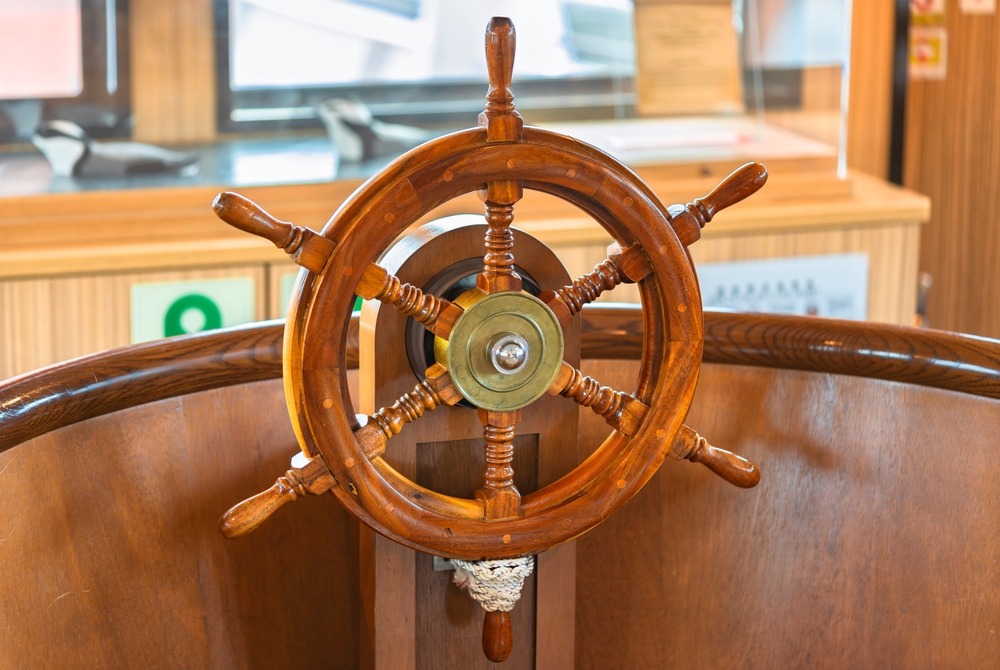
Ship’s wheels became standard by the 18th century as the central control of a vessel. Made from sturdy woods and reinforced with brass, they were essential to navigation. Collectors value them because they represent authority and control aboard ship. Larger wheels from decommissioned vessels are particularly desirable. Depending on size and origin, ship’s wheels are worth $500 to $5,000.
Each wheel carries its own story through wear, polish, and design. Many collectors preserve the natural wood while others restore them for display. Provenance adds greatly to the value, especially when tied to well-known ships. Some wheels are mounted in homes or museums to showcase naval tradition. They remain one of the most iconic and recognizable pieces of seafaring heritage.
Navy Identification Badges
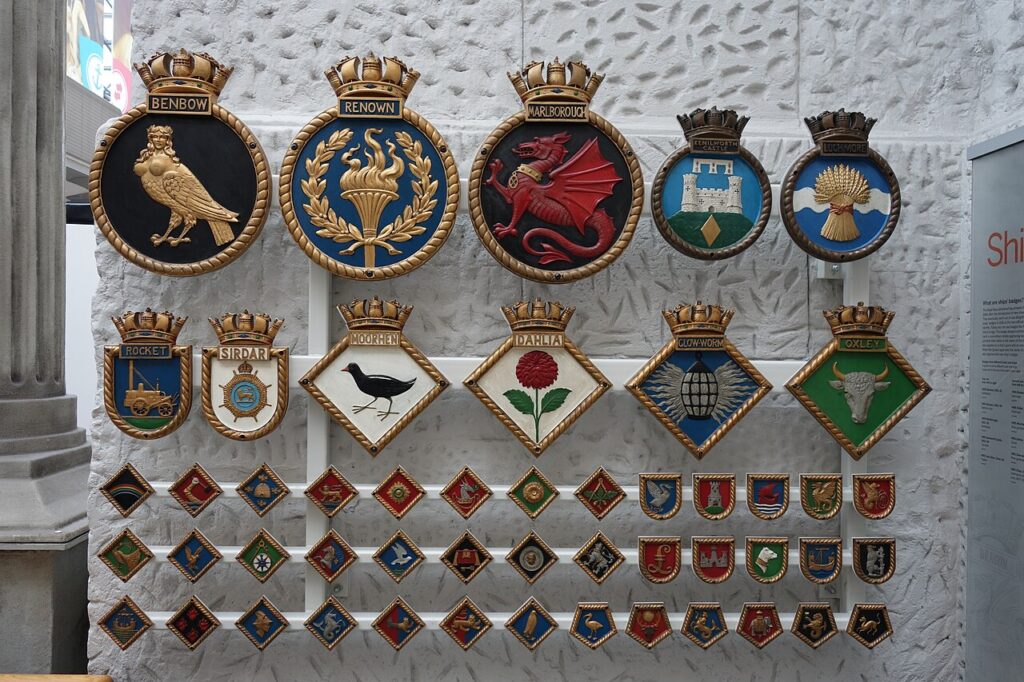
Identification badges were introduced widely during World War II to indicate ranks and assignments. They were often made of enamel and metal, with colorful insignia that reflected naval divisions. Collectors value them because they are small, durable, and full of symbolic meaning. Sets of multiple badges from one sailor or ship are particularly desirable. Depending on rarity, prices range from $100 to $1,200.
The designs of these badges make them visually appealing while carrying clear historical context. Each badge represents a role, responsibility, or achievement within the Navy. Collectors often seek complete sets to showcase naval hierarchy and culture. Badges tied to famous fleets or ships are considered especially valuable. Their compact size makes them perfect for display while retaining historical significance.
This article originally appeared on Avocadu.
